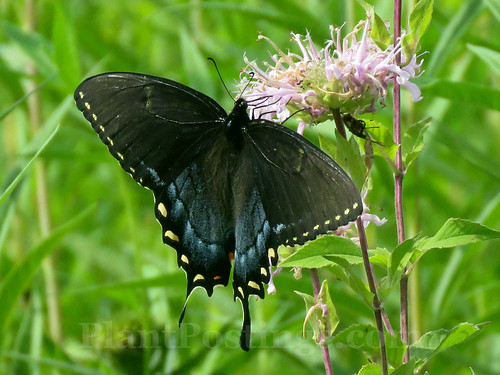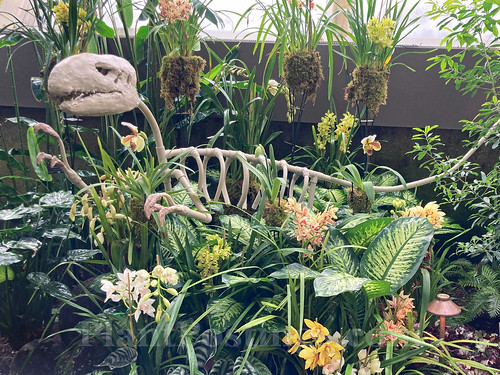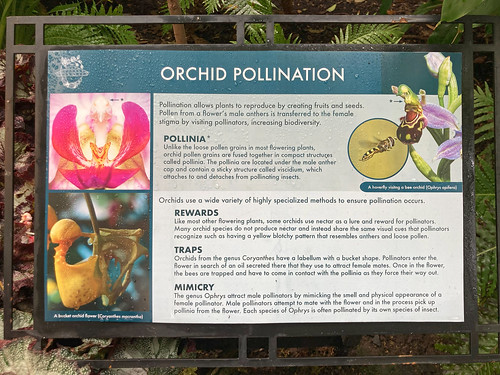
I've been thinking lately about plants of the past: in particular, blooming plants no longer in my garden. Some were species I planted, others were presumably planted by the previous owners decades ago, and still others were natives growing in the woodland.
I glanced through old photos, and while there weren't as many "disappearances" as I expected, some are particularly missed like the Bloodroot (Sanguinaria canadensis) in the photo above. For most of the years we've lived here, I found patches of Bloodroot each spring. A beautiful native ephemeral, it only blooms for one to two days. The foliage remains throughout the spring, and the plant reappears the next year. Why is it missing?
While I don't truly know why any of these plants disappeared from the property, I'll try to guess. In the case of the Bloodroot, perhaps it's the changing conditions of several years of floods followed by several years of drought...or other factors relating to climate change. Or, perhaps the fox (and family?) that now lives in the back woodland dug around in the limited spots where the plant was located.

Another plant that's gone is the Toad Lily (
Tricyrtis hirta). Unfortunately, this plant is long gone from my garden. It's a fun little bloomer, but it only lasted a couple of years. Either it didn't like the growing conditions (although they matched its described preferences), or the rabbits ate it, which seems more likely since rabbit foraging is a noted issue.

Meadow Evening Primrose (
Oenothera pilosella) bloomed here off and on for two decades. I'm assuming the previous owners planted it, although it
is native so it might have occurred naturally. I haven't found it in its "spot" for several years now. Such beautiful bright yellow flowers: I miss them. I really have no idea why this plant is gone.

I planted Russell Lupines (
Lupinus polyphyllus) in the side garden many years ago. They're stately, tall bloomers, regularly visited by pollinators, and they're great cut flowers. I don't remember when they disappeared, but they are listed as short-lived perennials, so perhaps I should plant more.
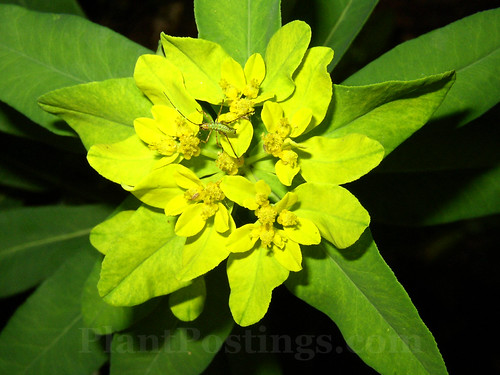
Cushion Spurge (
Euphorbia polychroma), planted by the previous owners, was a reliable bloomer in my garden from the first growing season here (2000) until a couple of years ago. It's not native, but it's not invasive, and it certainly was a reliable stalwart for most of my time here. As with the
Oenothera, I have no idea why this one disappeared. Rabbits leave it alone, and the fox doesn't hang out much in its open area of the garden. It's also drought-tolerant.
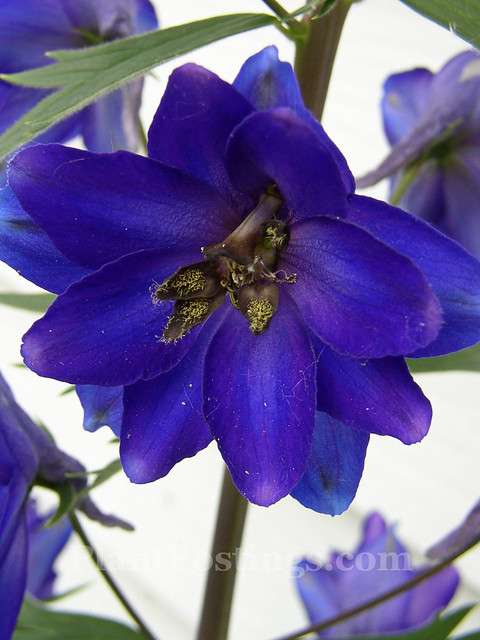
Finally, I truly miss this beautiful bloomer that graced the side fenced garden. I don't remember which Delphinium (D. elatum) hybrid it was, but what a stunner! Delphiniums are noted as short-lived perennials, too. I don't know if I'll plant them again in this garden, because the growing conditions have changed and other plants are in this spot. But, maybe...?



